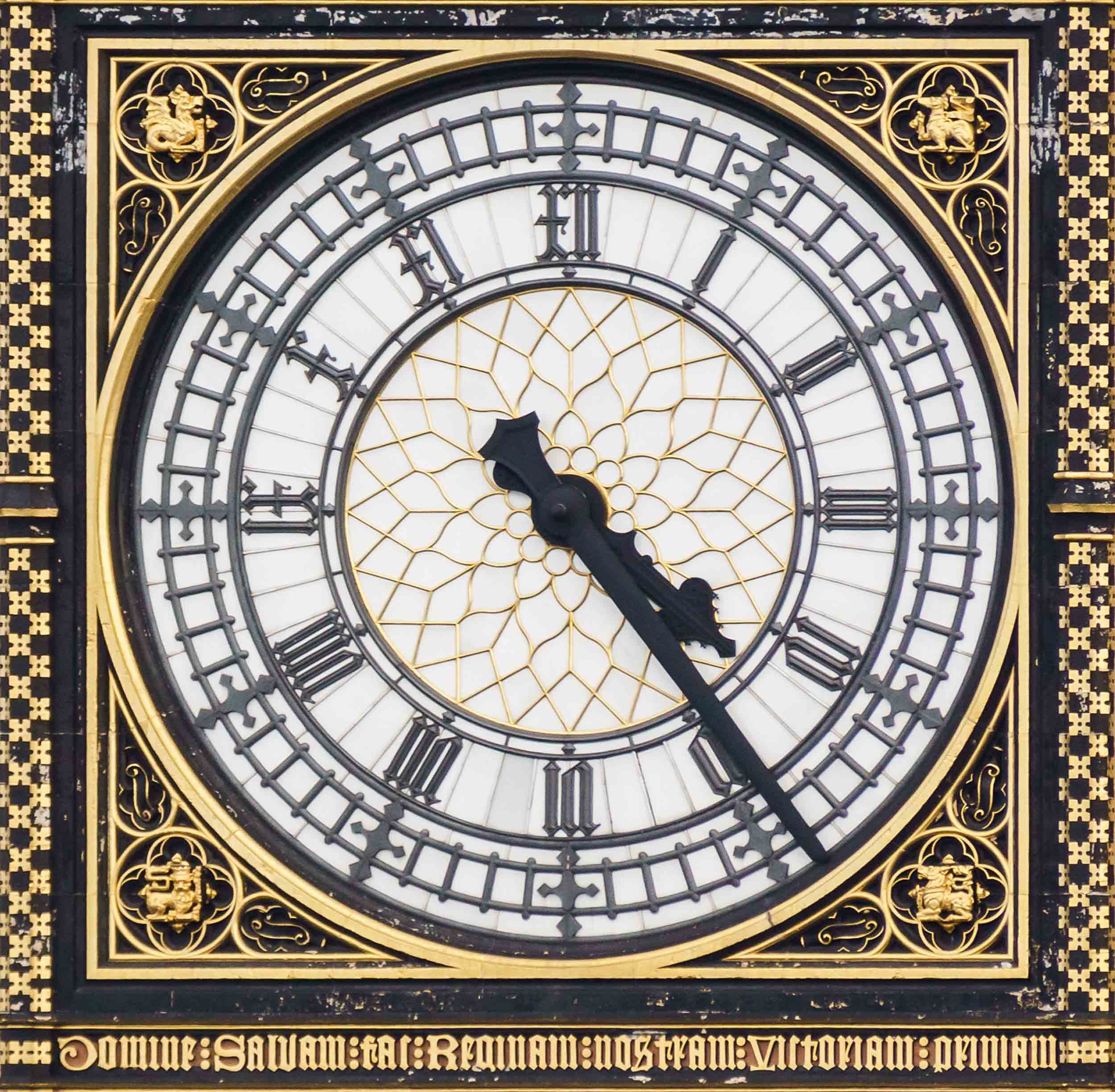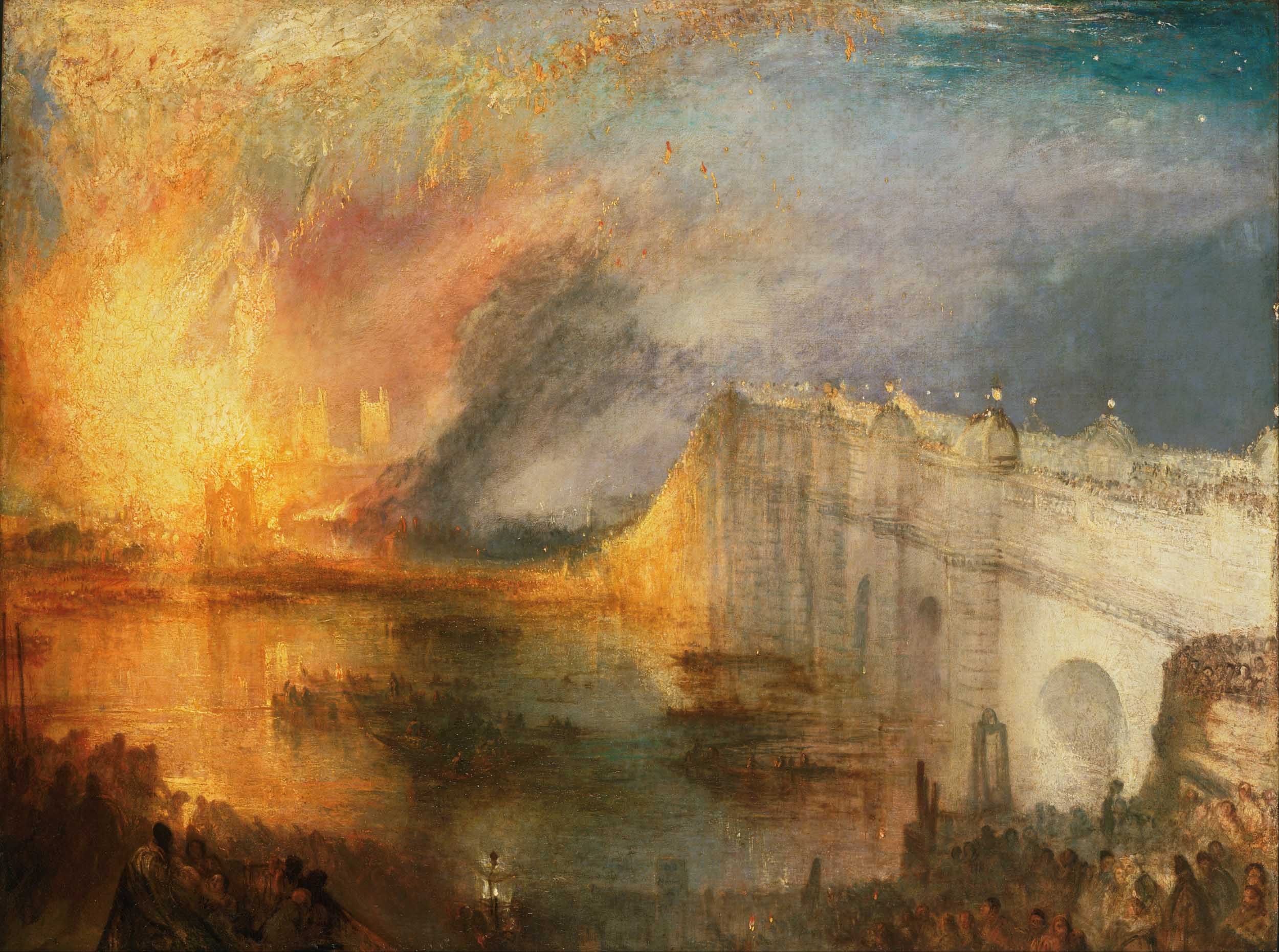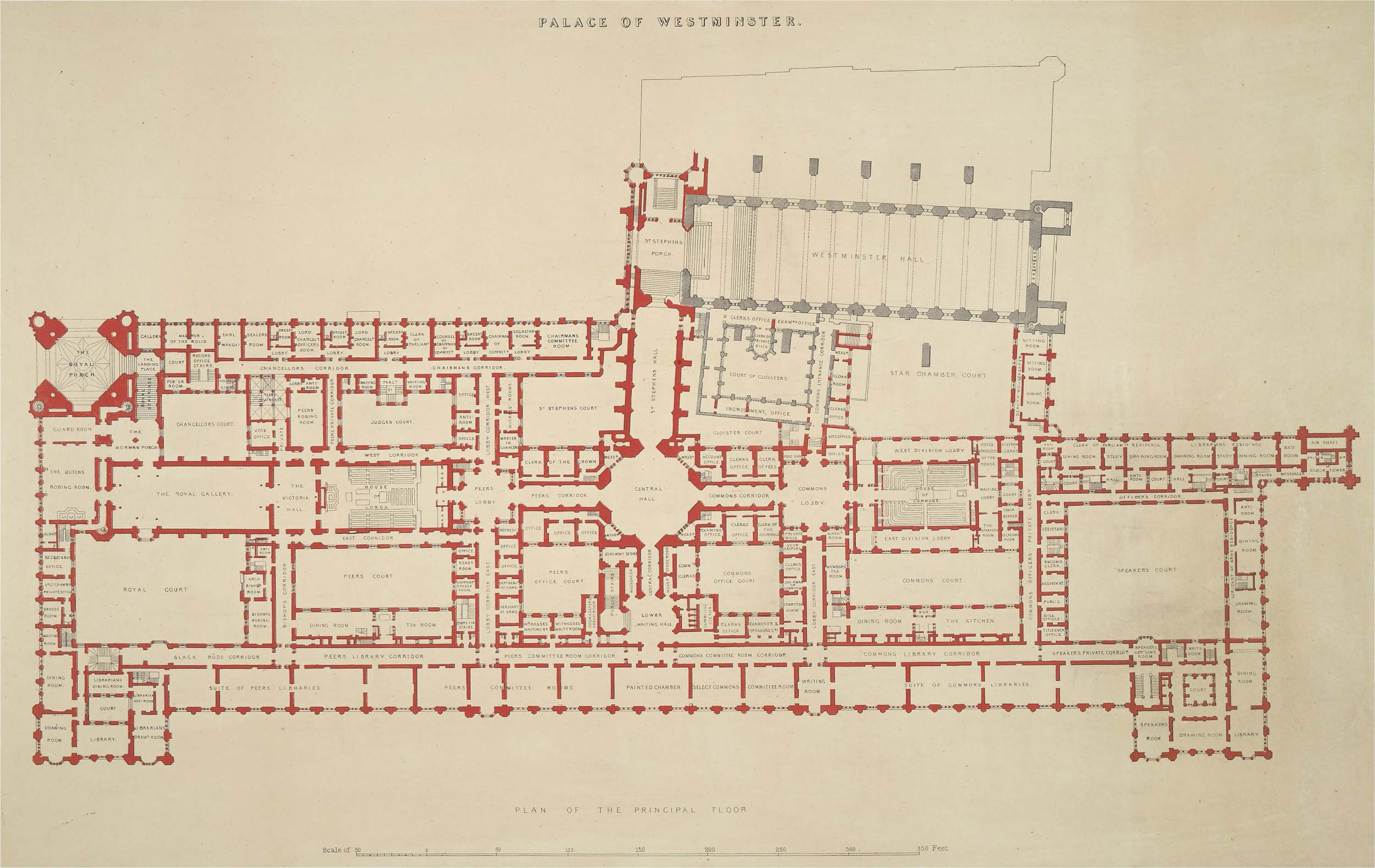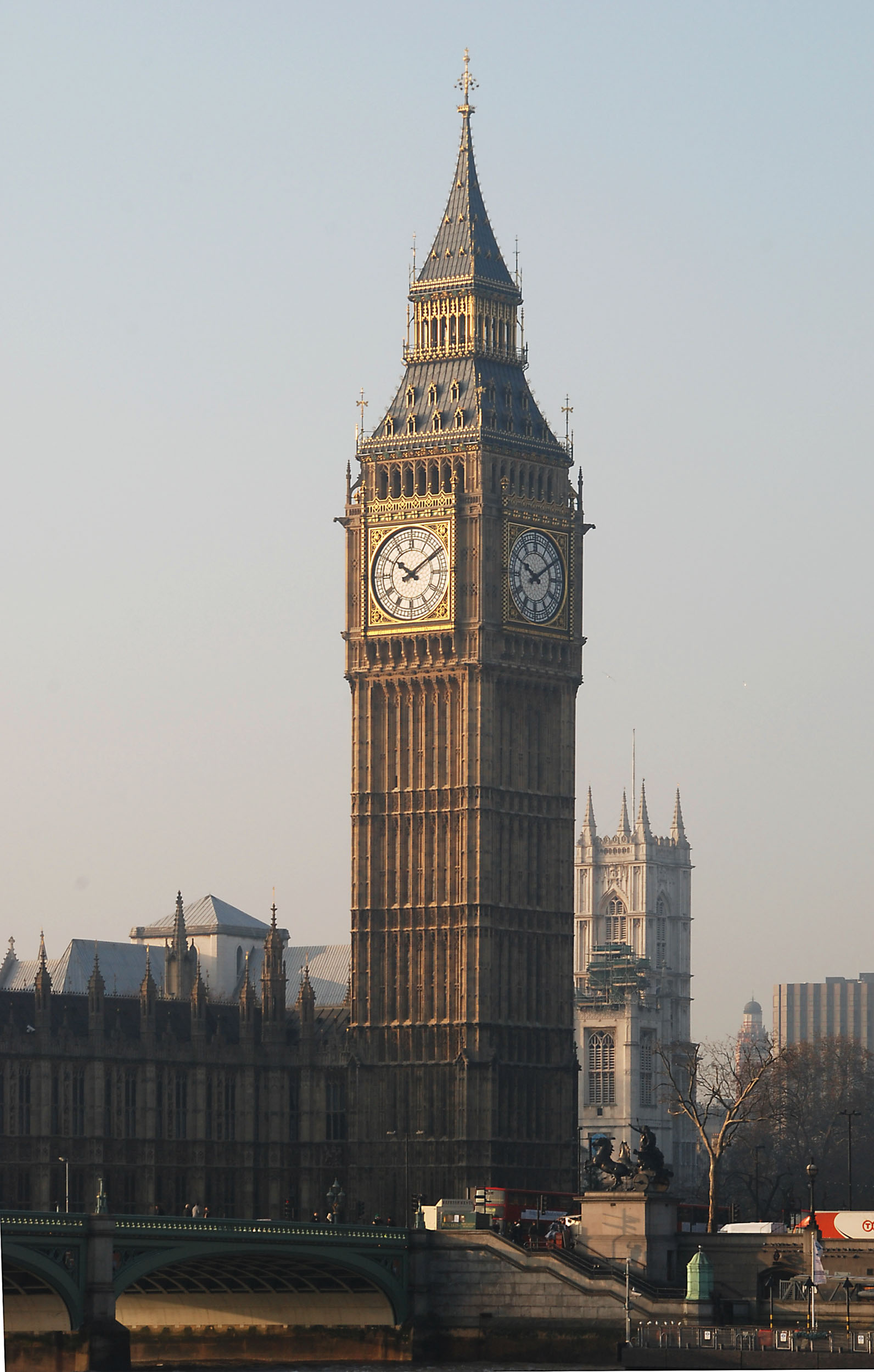Specialist Picks • 18 Mar 2020
Elizabeth Tower & the Palace of Westminster
Join us every Wednesday as we survey the horological landscape around the world. From museums in Switzerland to sundials in India, we’ll be drawing attention to locations that ought to be on every horologists list of places to visit. View all entries here.
Location: London, UK
There is perhaps no clock tower so universally recognisable as Elizabeth Tower – although many may know it by the name ‘Big Ben’, that is in fact the name of the striking bell inside the tower. The chimes which it rings out across the city are truly iconic, and the grand neo-gothic structure which stands proudly by the banks of the River Thames is a symbol not only of London, but a beacon of British democracy.

In 1834, a great fire consumed the medieval Palace of Westminster – a scene vividly immortalised by J. M. W. Turner’s extraordinary canvas ‘The Burning of the Houses of Lords and Commons’. The fire at the Houses of Parliament was larger than any other conflagration which occurred in London between the Great Fire of 1666 and the Blitz of the Second World War.

Although a once magnificent building was largely reduced to ruin and rubble, a grand architectural legacy would rise from its ashes. In 1836, architect Charles Barry’s creativity surpassed 96 other entries to win the competition to redesign the new Palace of Westminster. Barry had grained notoriety remodelling several grand country houses for aristocratic clients including Highclere Castle and Cliveden House, and looking retrospectively at his portfolio one can detect a clear predilection for classically inspired Renaissance styles. Remarkably, the ornate Gothic Revival style which Barry pioneered in his design for Westminster (chosen to complement the Tudor Gothic Henry VII Lady Chapel across the road) became the predominant British architectural style of the time.

Whereas Charles Barry was responsible for the broader design of the new building, it was the brilliant artist, designer and architect Augustus Pugin who was the genius behind the building’s interiors. More importantly from our perspective however, is that Pugin also designed the clock tower. Standing on Westminster Bridge and gazing up at the tower is a true architectural and horological delight – whether a bitter wind is blowing down the river or a gentle sun is shining through the clouds, looking up at that iconic clock face you know well and truly that you are in London.
Located at: Westminster, London SW1A 0AA, United Kingdom
Additional Information: https://www.parliament.uk/about/living-heritage/building/palace/
[Banner Image: Parlement, coucher du soleil, Claude Monet (1902)]











